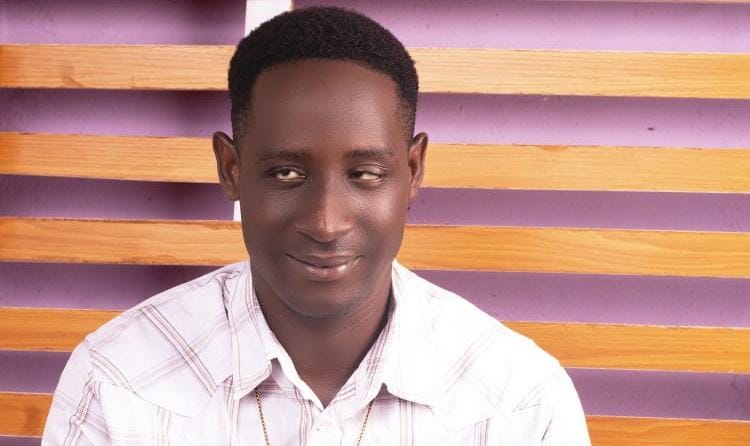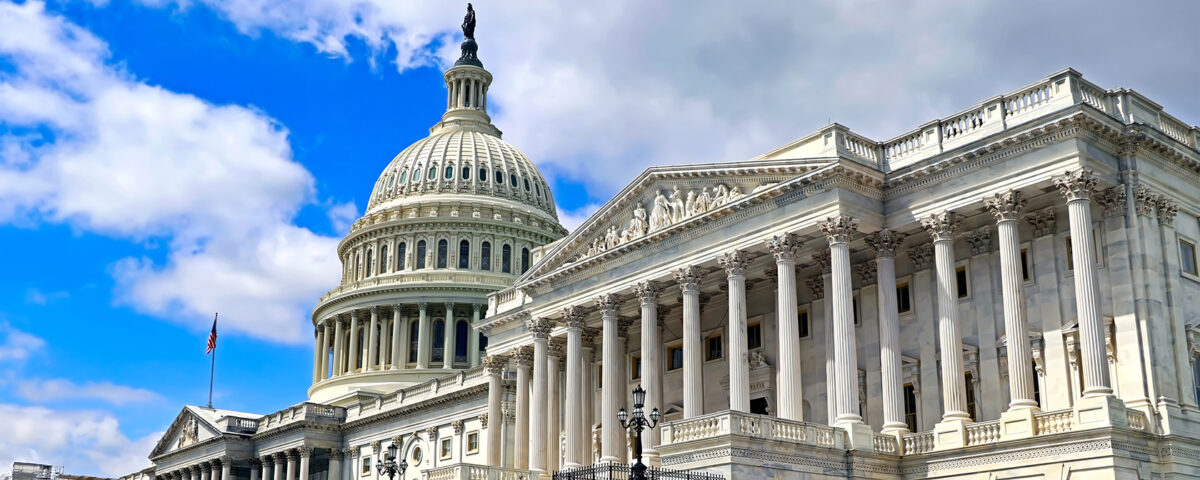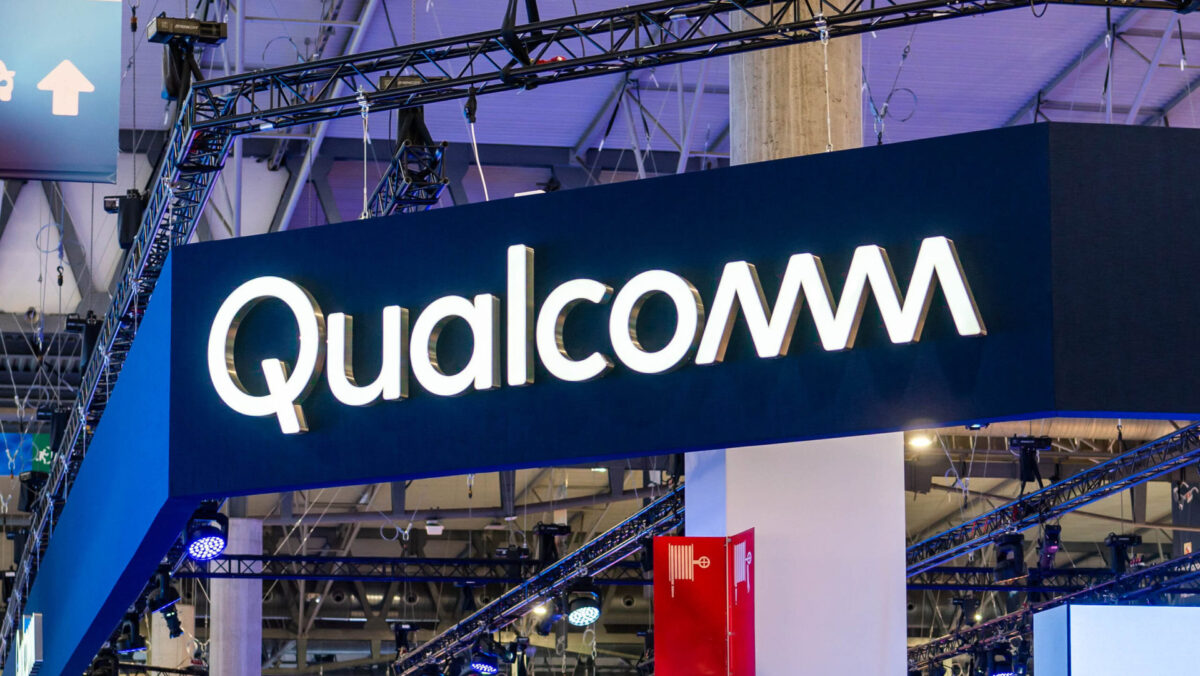Inclusive education practices: Building a society where everyone belongs

Why Nigeria’s Leaders Flee Abroad for Healthcare While Public Hospitals Collapse. Photo credit; Eja Manifest.
By Eja Manifest Eji.
Education is a fundamental human right and one of the most powerful tools for social transformation. Yet, for millions of children, youths, and adults with disabilities around the world, the doors of learning remain only half open. Inclusive education practices are designed to bridge this gap by ensuring that every learner, regardless of gender, age, socio-economic background, or disability, can fully participate in meaningful and quality education. Beyond being a matter of rights, inclusion enriches the learning process for all by fostering empathy, understanding, and diversity in the classroom.
At its core, inclusive education means more than simply placing children with disabilities in mainstream schools. It involves deliberate planning, tailored support systems, trained teachers, assistive technologies, and an environment that values differences rather than stigmatizes them. It is about recognizing that students learn differently and that these differences should be accommodated, not punished. For example, while a child with visual impairment might need Braille or audio books, a student with hearing impairment may benefit from sign language interpretation or captioned materials. In both cases, inclusion is achieved not by lowering educational standards but by adapting methods and tools to meet learners where they are.
The demographic factors surrounding inclusive education are especially important. Consider children from poor economic backgrounds: a girl with a disability in a rural community may face triple disadvantages—gender bias, poverty, and her disability. Without scholarships, safe learning environments, and awareness campaigns to change cultural attitudes, she may never step foot in a classroom. On the other end of the spectrum, an elderly adult with a disability may seek literacy or vocational training but find programs inaccessible due to lack of ramps, absence of large-print materials, or age-related discrimination. Inclusive education must therefore respond to these diverse realities, ensuring equity across gender, age, and socio-economic lines.
Psychologically, the impact of exclusion from education can be devastating. Children with disabilities who are sidelined in school often internalize stigma, leading to low self-esteem, social withdrawal, and reduced aspirations. Inclusive practices counter this by creating environments where differences are normalized and celebrated. When a child with cerebral palsy, for example, participates in group work alongside peers without disabilities, it not only builds the child’s confidence but also teaches empathy and patience to others. Over time, such interactions shape a generation that views inclusion not as charity but as normal social practice.
The role of technology in advancing inclusive education cannot be overstated. Assistive technologies (AT) such as screen readers, magnifiers, hearing aids, text-to-speech applications, and adaptive learning platforms make classrooms more accessible than ever before. In Nigeria and across Africa, mobile phones have also emerged as low-cost tools for inclusion, allowing visually impaired students to access learning materials or seniors with mobility challenges to participate in virtual classrooms. However, access to such technologies remains unequal, often limited to students from wealthier backgrounds. Bridging this digital divide is key to ensuring that inclusive education benefits all, not just a privileged few.
Intersectional perspectives remind us that inclusion cannot be treated in isolation. A boy with a disability in an urban area may have access to assistive devices and inclusive schools, while a girl with the same disability in a rural area may be denied such opportunities due to cultural beliefs and gender roles. Similarly, the needs of a senior learner with low vision differ from those of a child with dyslexia. Recognizing these layers of difference ensures that inclusive education policies are not one-size-fits-all but are tailored to the realities of diverse populations.
Personal experiences also underscore the urgency of this issue. As someone who has engaged with persons with disabilities in academic and community settings, I have seen the power of inclusion firsthand. A student who once doubted her ability to keep up with sighted peers later became one of the top members of her class after being provided with the right materials in Braille. Her transformation was not only academic but emotional, as she developed the confidence to pursue leadership roles in school. Stories like hers demonstrate that when systems remove barriers, learners thrive—and society benefits.
The role of media and advocacy in promoting inclusive education is equally vital. Journalists, bloggers, and content creators have the responsibility to highlight success stories, expose barriers, and push policymakers toward reforms. By framing inclusion as a national development issue rather than merely a disability matter, the media can help secure the political will and resources needed to make schools truly inclusive.
Ultimately, inclusive education is not charity; it is justice. It is about building a world where every child, youth, and adult—whether male or female, rich or poor, young or old, with or without a disability—has an equal chance to learn, grow, and contribute. The journey toward this goal is long, requiring policies, infrastructure, training, technology, and attitudinal change. Yet, every small step we take—whether in classrooms, communities, or the media—brings us closer to a society where everyone belongs.




